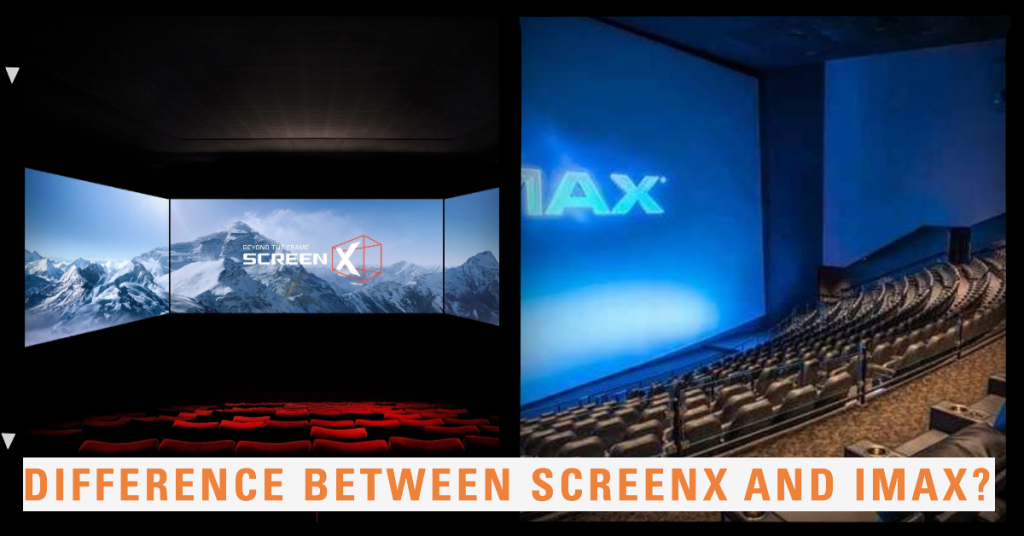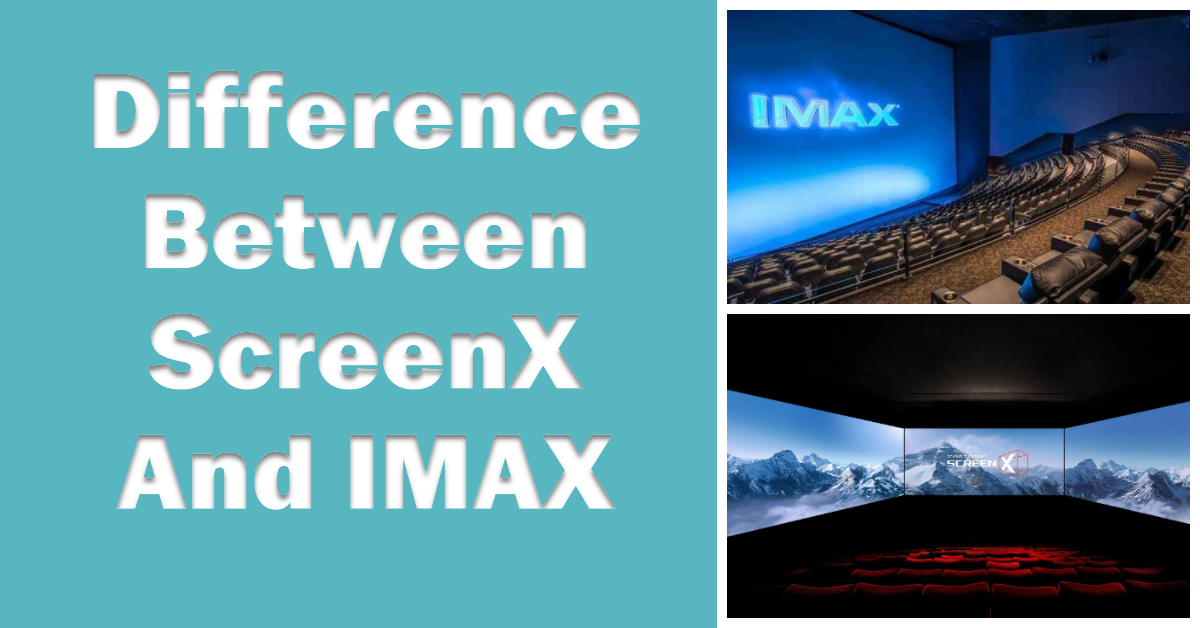When looking for a premium movie-watching experience, two formats stand out – ScreenX and IMAX. But what exactly are these immersive formats and what’s the difference between them?
This in-depth guide will break down everything you need to know about ScreenX versus IMAX so you can decide which is best for your next blockbuster film.
Overview of ScreenX and IMAX Formats
ScreenX is a panoramic format that extends select sequences of films onto the side walls of a theater to surround the audience in the action. It launched in 2012 in South Korea and has expanded to theaters in China, France, Vietnam, Turkey, and the US.
IMAX utilizes high-resolution film combined with a much larger screen size and custom theater design to create a hugely immersive experience. The format has been around since the 1970s and there are over 1,500 IMAX theaters globally today.
Both formats promise movie-goers a beyond-the-norm viewing experience for major Hollywood releases and go head-to-head for premium large format (PLF) supremacy.
Below we’ll compare the key differences between ScreenX and IMAX across video format, sound, screens, theaters, content, pricing, and more.
Video Format Differences

The most obvious difference is the aspect ratio and field of view each format provides:
ScreenX
- Aspect ratio: 2.39:1 panoramic
- Field of view: 270 degrees horizontal
- Select sequences projected onto side walls
- Creates immersion via peripheral vision
IMAX
- Aspect ratio: 1.43:1 vertical
- Field of view: ~125 degrees horizontal
- One enormous screen filling the full front view
- Immersion driven by sheer screen size/proportion
ScreenX surrounds you with a horizontal panoramic view that fills your peripheral vision for those multi-projection scenes. IMAX completely dominates your front view by taking up your entire field of vision.
Sound System Comparison
To complement the enveloping visuals, both formats use powerful surround sound:
ScreenX
- Multi-channel surround sound system
- Speakers placed around the theater
- Directional audio effects
IMAX
- IMAX 12-channel sound system
- Proprietary speaker system configuration
- Advanced surround sound mixing
- Custom sound calibration for each theater
The advanced audio configurations match the scale of the visuals and make you feel part of the action.
Screen Size and Theater Differences
The theater designs maximize the visual formats:
ScreenX
- Main 1.85:1 aspect ratio screen
- Two side screens for 2.39:1 sequences
- Full commercial multiplex theaters
- Retrofitted auditoriums
IMAX
- Much larger screens than standard theaters
- Can be up to 120′ x 80′ in size
- Stadium seating for optimal viewing
- Specially constructed IMAX venues
While ScreenX can be installed in existing plexes, IMAX requires full custom theater build-outs to accommodate the huge screens.
Content and Availability Differences
There are contrasting approaches to content:
| Aspect | ScreenX | IMAX |
|---|---|---|
| Content Type | Blockbuster films | Blockbusters and documentaries |
| Content Length | Select 20-40 min sequences | Full-length feature films |
| Content Source | Portions filmed in proprietary cameras | Filmed with IMAX cameras end-to-end |
| Availability | ~335 theaters globally | Over 1,500 theaters globally |
ScreenX takes an immersive sequence approach applied to commercial films while IMAX creates bespoke visual experiences filmed solely with IMAX cameras.
Experience and Pricing Comparison
Both come at a premium cost compared to regular tickets:
ScreenX
- Ticket prices ~$5-$8 over standard
- Provides uniquely immersive sequences
- Less restrictive audience viewing angles
- Not available for every showing
IMAX
- Tickets ~$5-$8 over standard
- Fully immersive from start to finish
- Stricter center/stadium seating views
- Available for all IMAX film showtimes
The pricing is similar for a noticeable upgrade over traditional presentations.
Pros and Cons of Each Format
| Aspect | ScreenX | IMAX |
|---|---|---|
| Pros |
|
|
| Cons |
|
|
Which Is Better – ScreenX or IMAX?
There’s no definitive “winner” between ScreenX and IMAX. The best format comes down to personal preferences:
- ScreenX is ideal if you want mesmerizing panoramic sequences added to commercial films in a standard multiplex.
- IMAX is perfect for fully immersing yourself in a purpose-built environment from start to finish.
For many movie-goers, the two formats actually complement each other rather than directly compete. Attending both ScreenX showings of popular films and IMAX viewings of anticipated tentpoles results in a well-rounded premium cinema diet.
When deciding on a particular movie, the optimal format depends on the nature of the film and what it was shot for specifically. Checking which has the most captivating sequences versus more consistent start-to-end we can guide your choice.
The Future of Premium Cinema Formats
As Hollywood continues investing in premium visual effects, both ScreenX and IMAX are poised to expand availability and fanbases with each big release.
We will likely see expanded efforts like:
- More films shot natively in IMAX or ScreenX cameras
- Increased number of visually intense sequences optimized for each
- More theaters installing the premium configurations
- Potential convergence into hybrid offerings
Movie fans will enjoy the wealth of options as the quest continues to make films bigger, louder, and more immersive than ever.
Conclusion
While the panoramic multi-screen ScreenX and huge single IMAX screen take different approaches, they share the goal of offering next-level blockbuster viewing experiences.
Assessing your personal preferences around immersive sequences versus start-to-finish environments, seating, content types, and theater availability will determine if ScreenX or IMAX is a better fit for any given film.
Ideally, you can alternate between both formats across different movies to get the full premium cinema experience. Just be prepared to pay a few extra dollars in either case for the blockbuster upgrade.

